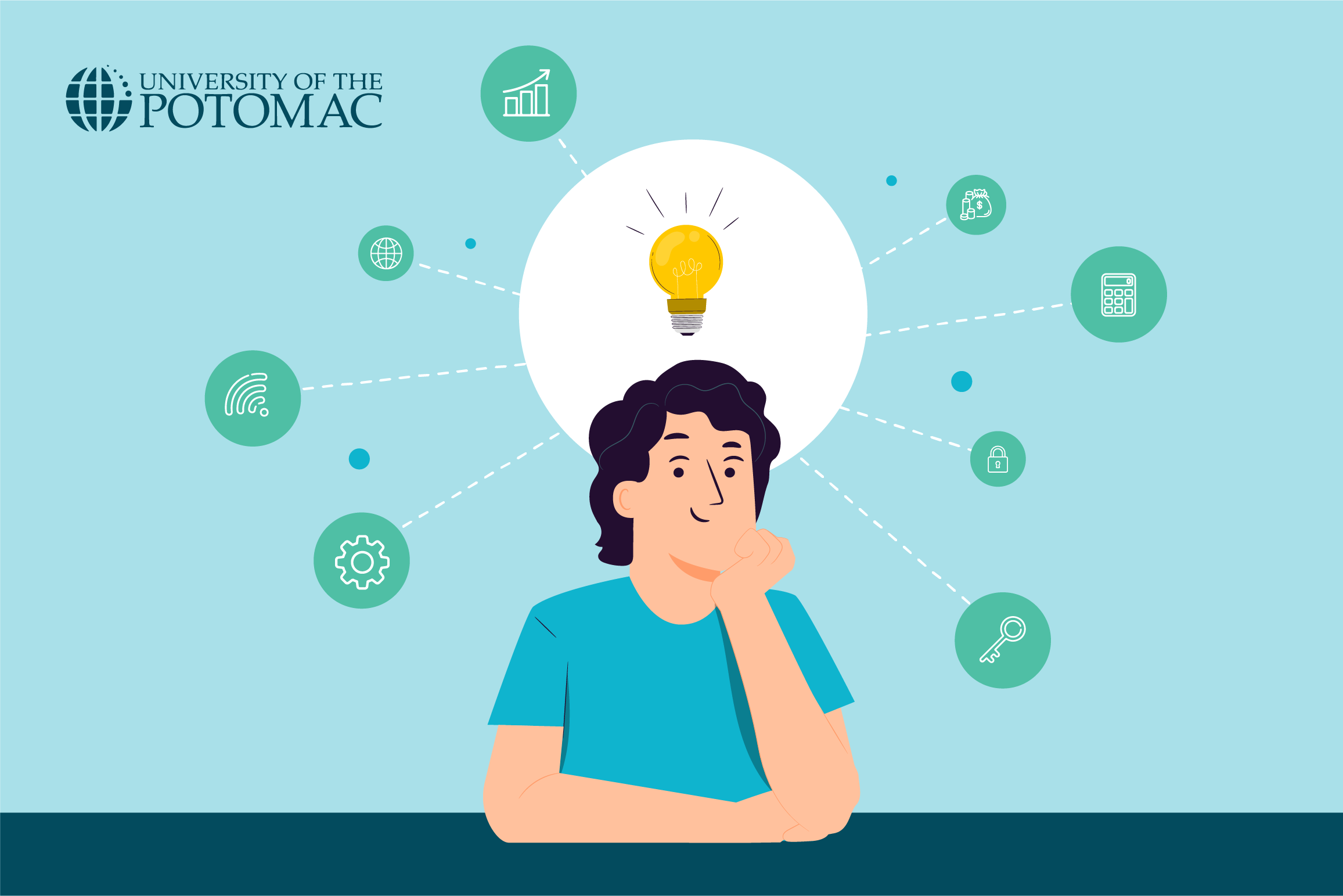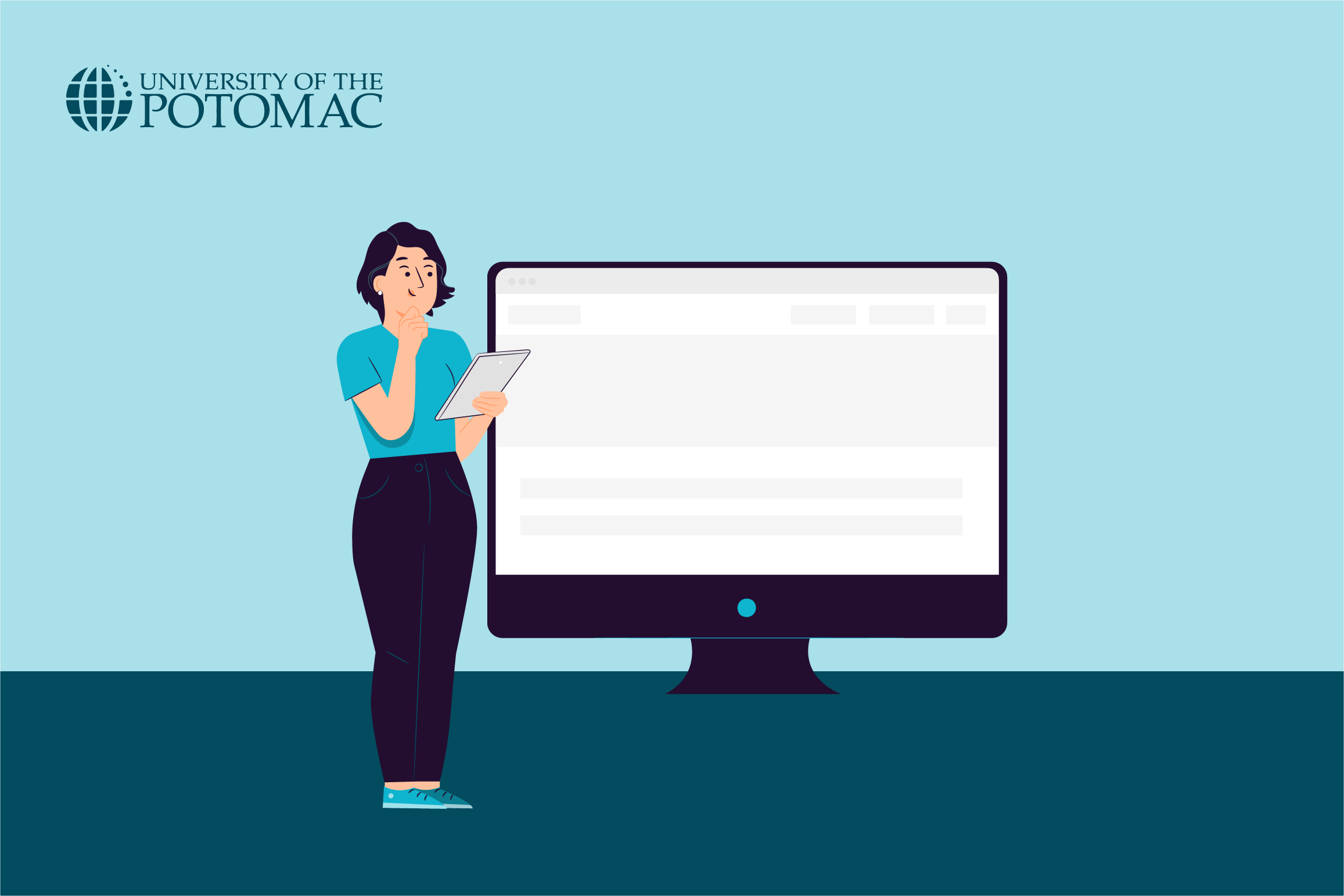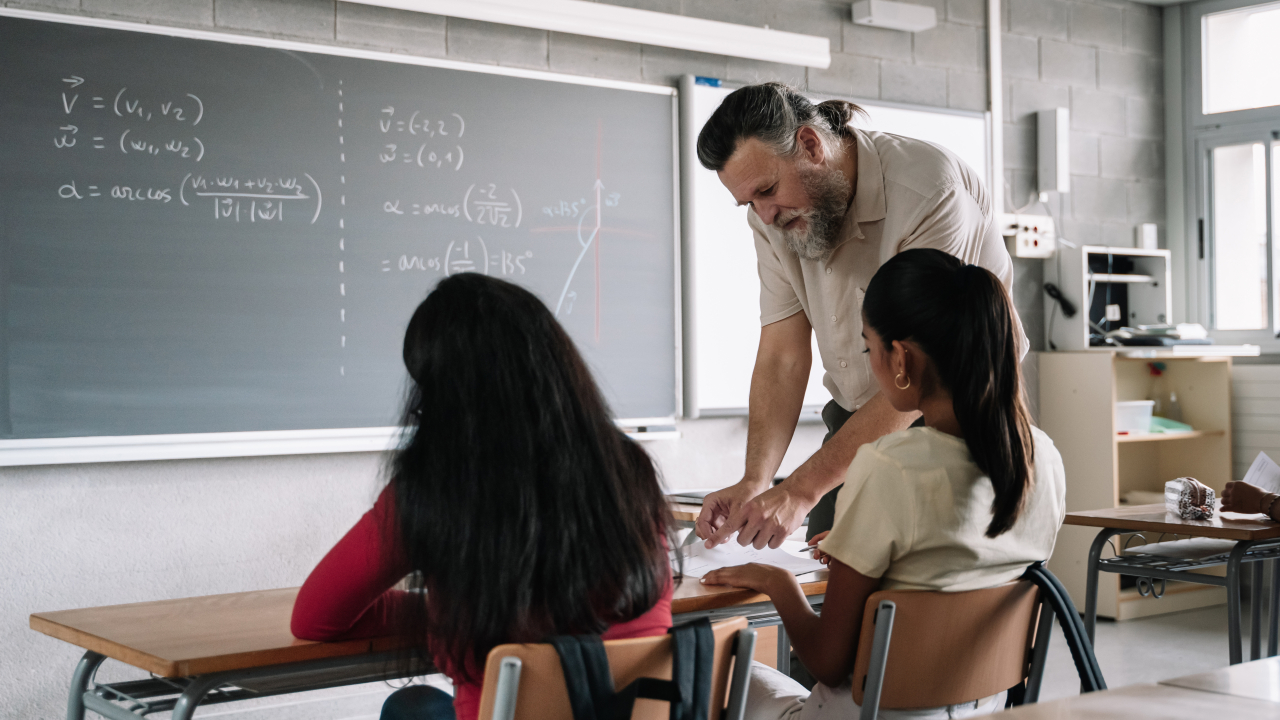We all have gaps in knowledge in various subjects, even though we’ve learned the subjects in school and the teachers thoroughly explained them. But why does this happen? More often than not, school curricula don’t allow spending too much time on a unit, which leads to many students falling behind.
An alternative that requires that all students have a minimum 80% understanding of the subject matter before continuing to the next unit is mastery learning. Read on if you want to learn more about this learning philosophy and how it benefits students.
What Is Mastery Learning?

Mastery learning is a revolutionary instructional approach where students have to display a certain level of competence and knowledge of the current studying material before moving to the next. This approach helps students not fall behind and comprehend the subject matter.
Although it was developed during the 60s, mastery learning is being actively discussed as a more effective alternative to traditional learning. While traditional methods rely on fixed-time variable-learning methods, mastery learning considers each student’s learning preferences. For example, it takes into consideration whether the student is a auditory or visual learner.
Mastery learning is a more fixed-learning variable-time method. Another difference is cutting the material into smaller chunks (units) to help students understand it more effectively.
The Personalized System of Instruction (by Keller, 1968) best represents mastery learning through its five features:
- Allowing students to go through the course at their speed,
- Utilizing lectures as a means of motivation, rather than critical information,
- Moving on to a new unit only after perfecting the content of the current one,
- Relying on the written word to emphasize the key objectives of each unit,
- Using professors or tutors to help students learn the material, assess their progress, and provide feedback.
Stages of the Mastery Learning Model
Mastery learning relies on the five stages described below to increase learning effectiveness. Professors are encouraged to adapt these stages to make learning more personalized depending on their students’ interests, skills, knowledge, and preferred learning methods.
Pre-assessment
The main objective of pre-assessment is to evaluate if students have acquired the required skills and knowledge to move on to the current material. This way, the professor can ensure the students are getting everything they need to know every step of the way. Pre-assessment also helps professors:
- Monitor student progress,
- Communicate expectations,
- Check for knowledge gaps,
- Identify students’ preferred studying methods.
Pre-assessment can be done through short quizzes or discussions.
Instruction
After students have gained the necessary skills and knowledge, the professor can continue instruction on the current material. The professor provides high-quality group-based instruction that engages students by appealing to their interests, experiences, knowledge, and skillset.
Formative assessment
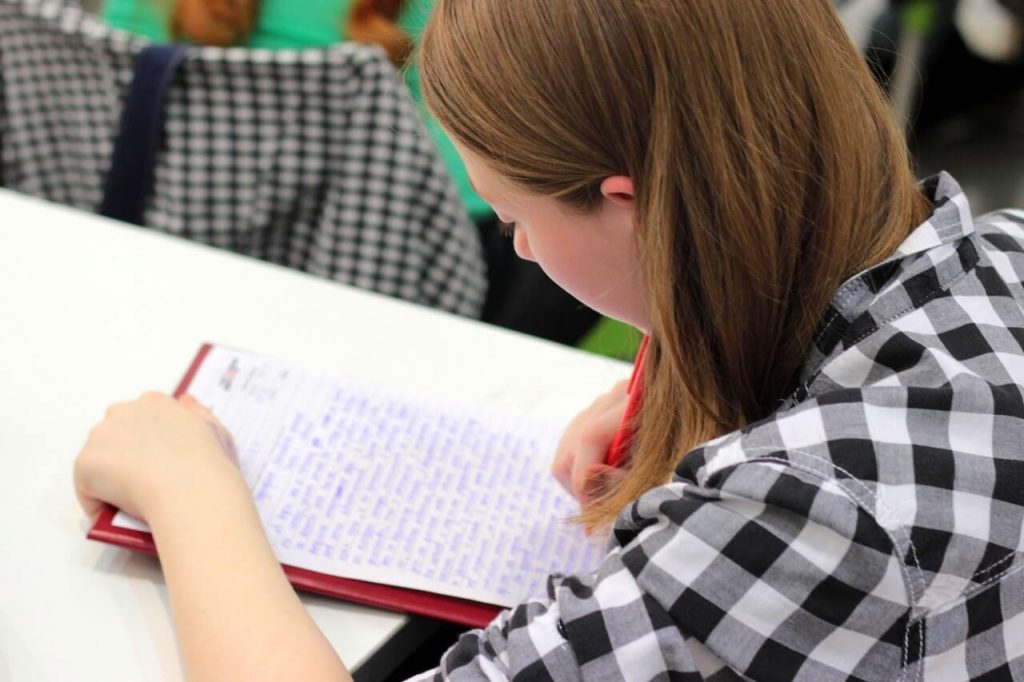
Following the instruction stage, the professor will assess the students through formative assessment by assigning homework, exit tickets, classroom polls, quizzes, or oral presentations.
Performing regular formative assessments helps professors know where their students stand and how to utilize that to increase learning effectiveness.
Correction
Corrective instruction allows professors to mend gaps and learning problems that surfaced in the formative assessment stage. It is an equitable approach to learning, allowing professors to accommodate students’ different learning styles.
At this stage, professors can differentiate between students who have mastered the subject matter and continue learning through personalized enrichment instruction and activities (academic games and peer discussions) and those who haven’t and need additional personalized instruction and practice. Although it may seem like additional enrichment instructions may take time, the reinforcement of knowledge and skillset will cut back the time needed in later units.
Summative assessment
Assessments on the mastery learning approach take into consideration the students’ work and progress throughout the course, allowing students to display their level of mastery and learning effectiveness as a whole. As the final stage of mastery learning, a summative assessment allows the students to demonstrate mastery of the material. This stage can occur when the professor is sure all students have achieved a mastery level and thus can prove their mastery through a final assessment, which can be an essay, cumulative test, or project.
Interested in pursuing a degree?
Fill out the form and get all admission information you need regarding your chosen program.
This will only take a moment.
Message Received!
Thank you for reaching out to us. We will review your message and get right back to you within 24 hours.
If there is an urgent matter and you need to speak to someone immediately you can call at the following phone number:
- We value your privacy.
Benefits of Mastery Learning

Many studies have shown that mastery learning works in a classroom setting. To be more exact, out of 279 studies completed between 1968 and 1982, 90% of them showed a positive impact on the learning process. Further, studies have concluded that implementing a mastery learning approach:
- Boosts achievement levels,
- Increases confidence,
- Improves attitude toward learning.
Overall, mastery learning is a good learning model that promotes interactive learning for all students.
Focused on the individual student’s growth
Because students learn at their own pace, explaining complex topics requiring more in-depth understanding becomes a problem. Mastery learning avoids this by allowing slower students to learn without the time pressure and faster students to remain engaged through enrichment activities. This approach sets students on a path to success and allows them to grow academically.
Less competitive
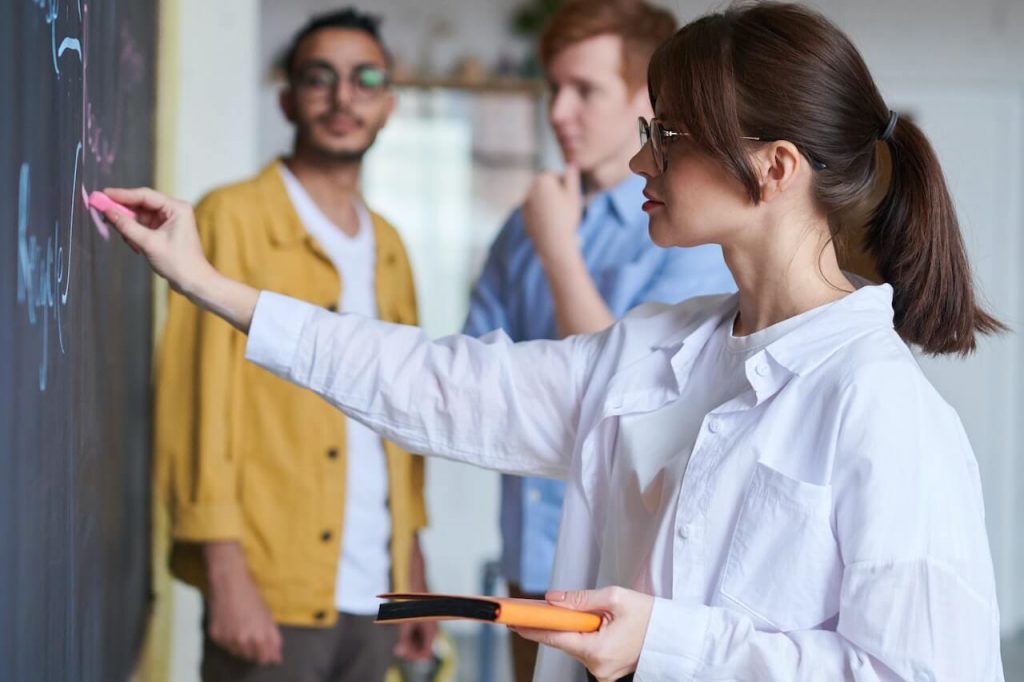
Equitable learning ensures that all students learn the material at their own pace, which removes the pressure to keep up with others. Instead, they feel encouraged to put effort into learning for the sake of learning and not competing with peers. Further, mastery learning creates an atmosphere that encourages students to collaborate as they learn together and move on to new units.
Learning becomes the student’s responsibility
Encouraging students’ agency ensures motivation, a sense of control, and resilience in their learning process. Students also learn to be more vocal about what they don’t understand and work with the teacher and their peers to master the material.
Conclusion
It’s no surprise that mastery learning is making waves in the education system. It’s a highly effective learning approach that certifies longer-term student retention by ensuring that each student gets the necessary knowledge and skills for each unit. Although it takes time for both the professor and the student to get used to mastery learning, after a while, they’ll notice stronger foundations of the subject matter and more effective learning overall.
Something that aids in implementing mastery learning is technology. Utilizing technological advancements and internet resources allows professors to make the subject more interactive and increase student engagement.



